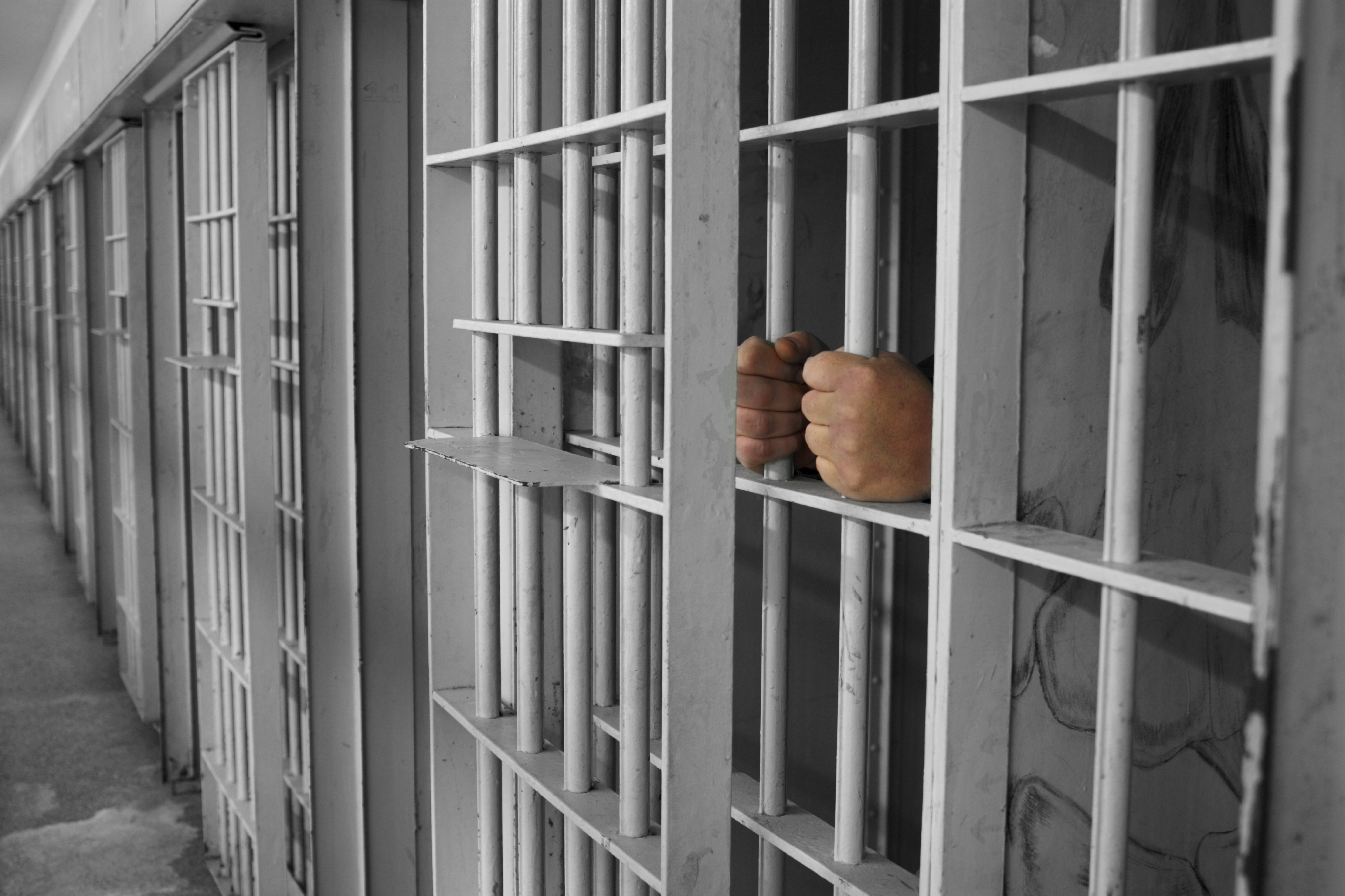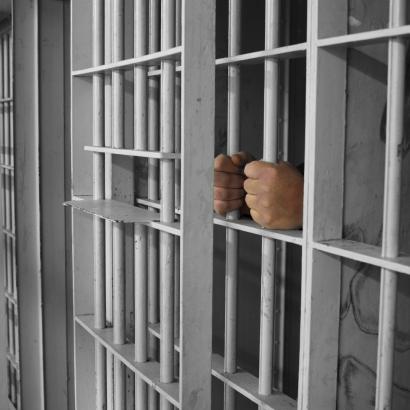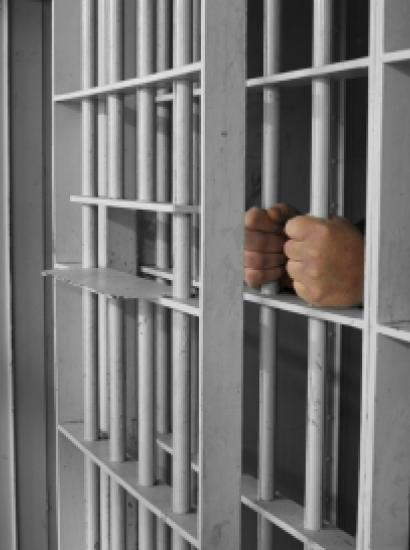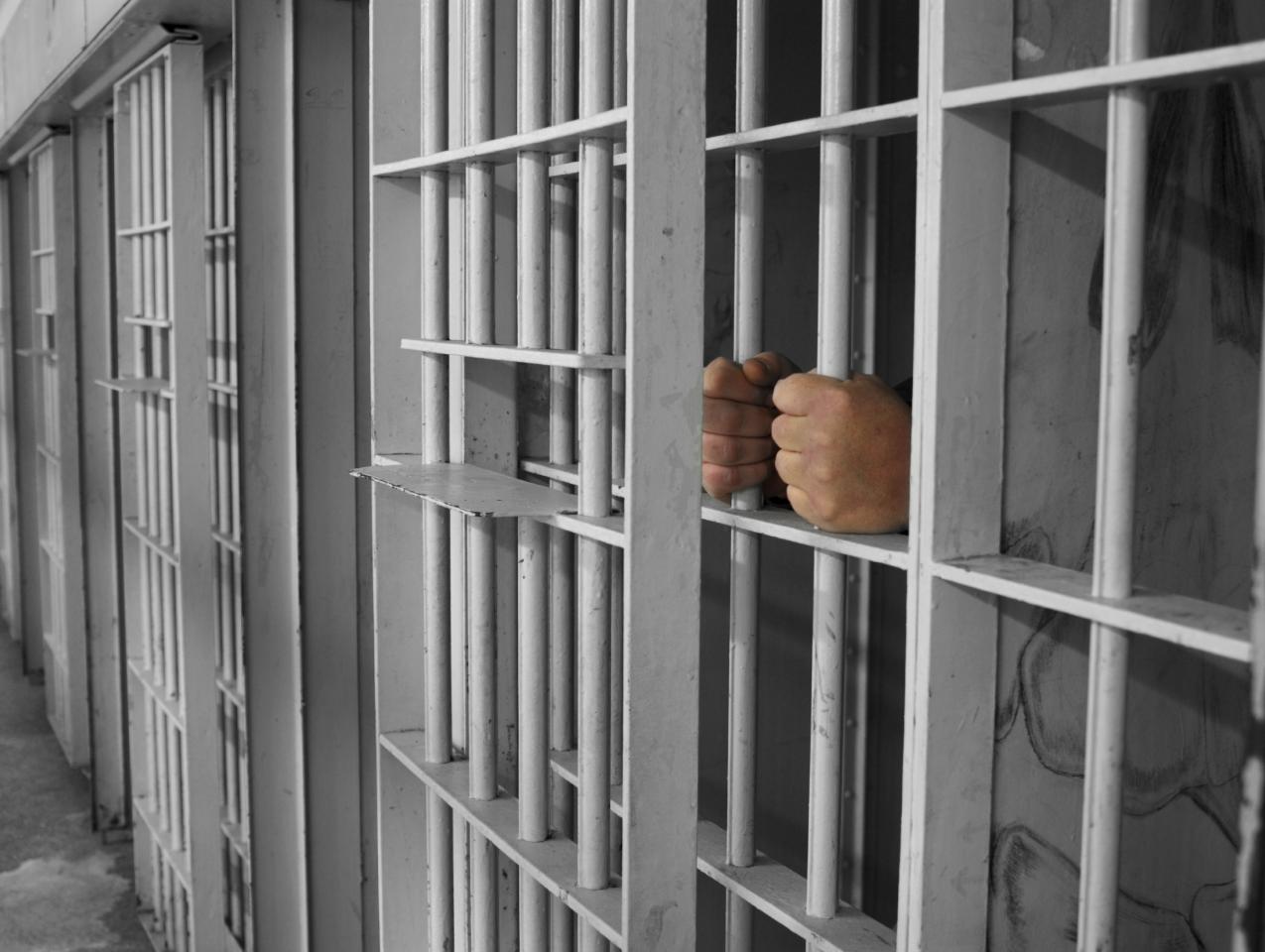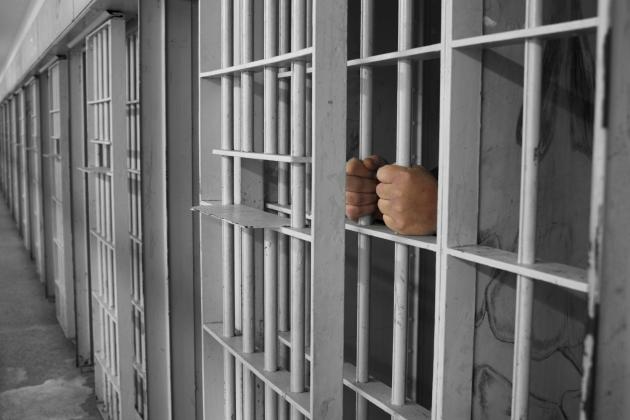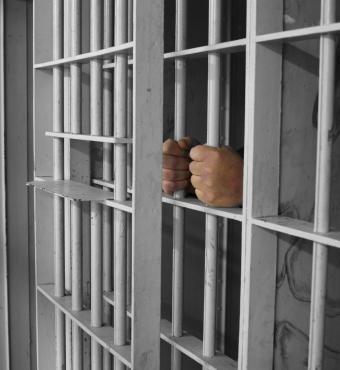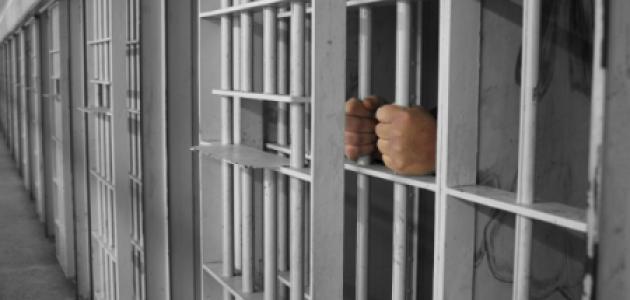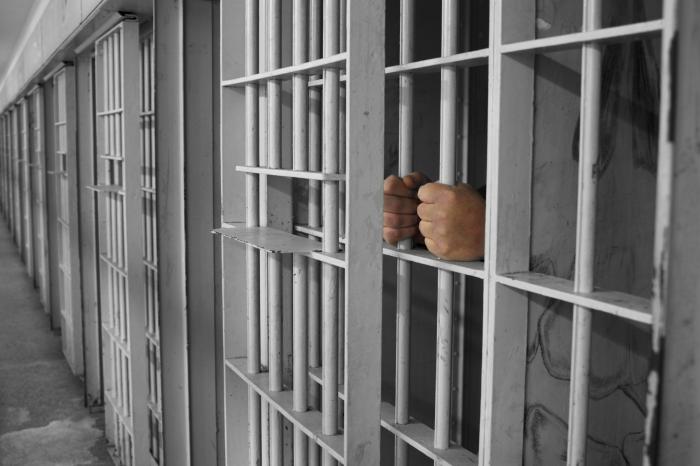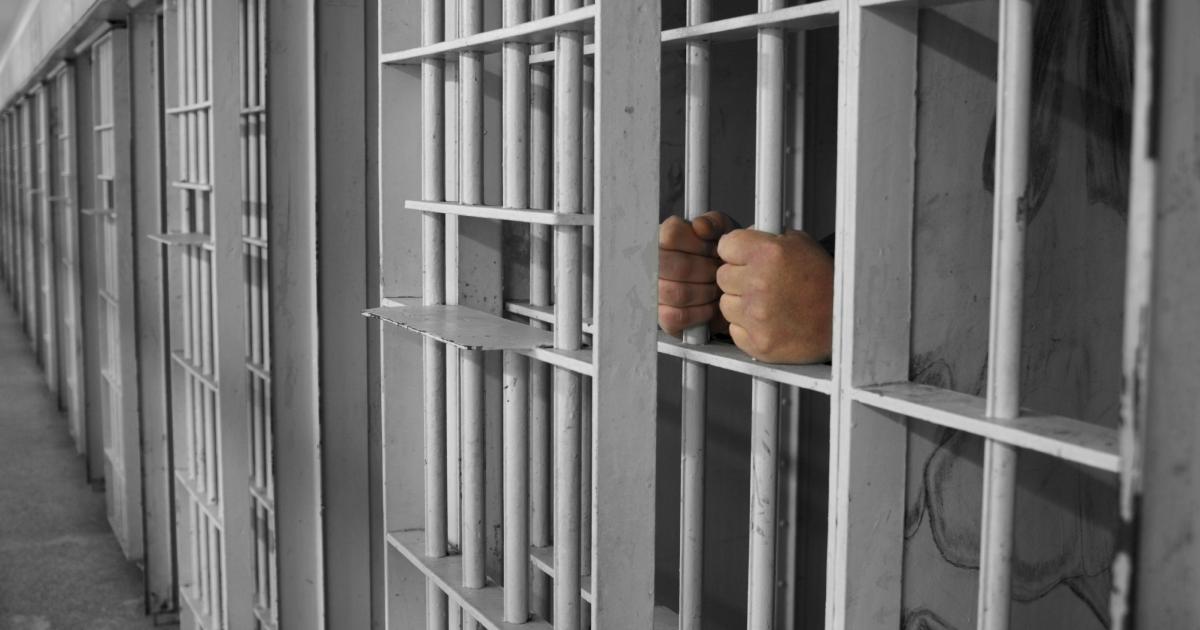- Law & Policy
- Politics, Institutions, and Public Opinion
- State & Local
- California
Democracy, Winston Churchill once said, is the worst form of government except for all the other forms that have ever been tried. In California, we carry that a step further: direct democracy is the worst form of democracy, except for the other kind. This has been particularly true in the area of criminal justice. The voters have made some significant errors, but on the whole, they’ve done better than their elected representatives.
This November, the people will speak directly again, this time with three criminal justice initiatives. Proposition 66 would fix the problems with delays in capital punishment and carry out the appropriate sentence in the very worst murder cases. Proposition 62 would give up on justice and let even the worst murderers off with life in prison. A third initiative, Proposition 57, would give a government agency nearly unlimited authority to let criminals out early, making the sentences imposed by courts almost meaningless.
Crime rates, sentencing policies, and public opinion have all gone through cycles since the 1960s, and these cycles depend on each other to a large extent.
Crime rose sharply from the mid-1960s to the early 1990s for multiple converging reasons, including the baby boom generation’s entrance into its prime crime years, cultural changes that reduced respect for the law and personal responsibility, and reduced consequences for those who broke the law.
As Barry Latzer documents in The History of Violent Crime in America, the increase in crime produced further increases in crime in two ways: first, the lack of capacity in the system to deal with the increase produced reduced clearance rates, more plea bargains, and earlier releases from overcrowded prisons, all of which reduced both the deterrent and incapacitative effects of punishment; second, there was a “contagion effect.” Young people learn by imitation and are more likely to commit crimes when they see others around them committing crimes.
These horrific rates of crime had a severe and detrimental effect on the quality of life. Government failed dismally in its first duty, to protect people from violence, and fear of crime was both pervasive and justified.
In California, the State Legislature remained resistant to public demands, requiring the “tough on crime” advocates to turn to the initiative process. In 1978, Proposition 7 instituted a stronger death penalty alternative to the watered-down version passed by the Legislature. Four years later, law-enforcement advocates successfully pushed for Proposition 8, providing five-year enhancements for repeat felons and abolishing the state search-and-seizure exclusionary rule, among other reforms. And in 1994, California passed the strictest “three strikes” law in the nation.
In 1992, the crime rate peaked and began to subside. While universally greeted as good news, the decline in crime following the enactment of “tough on crime” measures touched off an intellectual panic. There was a flurry of activity to find some explanation, any explanation, for the decline other than the previously passed policies.
Some of these explanations were partially correct and some fanciful, but none did the job of proving that toughness did not make a major contribution to the decline. For example, it’s undoubtedly true the aging of baby boomers was a contributing factor in the decline. However, the demographics thesis fell flat when the “baby boom echo” completely failed to produce its predicted crime increase.
As crime rates dropped to levels not seen in decades, the issue dropped off the political radar screen for most voters. Social activists concerned about the effect of high incarceration rates found an audience with fiscal conservatives concerned about the high cost of prisons. As cultural norms shifted on drug use, long sentences for drug offenses particularly fell out of favor.
The people of California saw the need for some modification of sentencing laws. In 2000, they approved Proposition 36 under the banner of “treatment not jail” for low-level drug offenders. In 2004 and then again in 2012, the voters moderated California’s “three strikes law.”
Meanwhile, the Legislature failed to expand prison capacity to keep pace with population growth, despite voter-approved bonds for that purpose, and prison overcrowding reached crisis proportions.
In 2011, Governor Brown’s “realignment” proposal redefined felony punishment and pushed felons convicted for the lower tier of felonies into county jails instead of state prison, even for multiple-year sentences. County jails had previously housed only persons awaiting trial, misdemeanants sentenced to a year or less, and probationers serving a short jail term as a condition of probation. Because many county jails were already at capacity, this meant that many prisoners who would have been incarcerated were released.
Unsurprisingly to the “tough on crime” community, property crime spiked in 2012 – the program’s first full year. While the nation as a whole enjoyed a slight drop in property crime, California suffered a 7 percent increase. The cry immediately went up from soft-sentencing advocates that a single year’s numbers were not meaningful, and they claimed vindication when the rates subsided in the next two years. But there was no cause for celebration. The declines in 2013 and 2014 were part of the continuing nationwide trend. California’s property crime rates remained over 5 percent higher relative to the nation than they had been in 2011.
In 2014, an even more audacious reduction in sentencing was sold to Californians under the guide of Proposition 47. It redefined a broad swath of felonies as misdemeanors, punishable by a maximum of a year in county jail, regardless of how many times the miscreant has repeated. For example, stealing an automobile worth less than $950 is now only a misdemeanor even though it imposes an enormous hardship on an owner of modest means and the measure effectively legalized shoplifting under the $950 threshold, as many storeowners no longer bother to report such thefts and police do little or nothing when they are reported.
Again, unsurprisingly, crime in California is up across the board for 2015, the first year of the combined effects of realignment and Proposition 47. The rate for auto theft jumped a staggering 12.5 percent in a single year. For other kinds of theft, it jumped 10.7 percent.
How did California stray so far, that an initiative that would so predictably and detrimentally impact public safety could be approved by the voters?
In part, the “tough on crime” movement has been a political victim of its own success. With crime rates down to levels not seen since the 1960s, deep-pocketed donors willing to contribute to maintain that success are harder to come by. Californians today are more easily persuaded that crime is not a serious problem – and not worth the tax dollars being spent to keep it low. Maintenance is harder to sell than a crusade. Whether this is a short-term glitch or a long-term trend will be tested this November.
Unsatisfied with the number of criminals he has already unleashed on the public, Governor Brown now proposes to give the California’s Department of Corrections and Rehabilitation (CDCR) breathtakingly sweeping powers to release criminals long before they have finished their sentences. This power could be exercised any time budgets or court orders make it inconvenient for the Department to carry out its duty of enforcing judgments.
Proposition 57 would make every felon convicted of a supposedly “non-violent” offense eligible for parole after finishing the base term for just one of the sentencing offenses. However, “non-violent” is not defined. We’ll have to pass the initiative to find out which crimes it applies to.
And it gets worse. Additional sentences for additional crimes, imposed as part of the same sentence, could be wiped out by the parole board. Time-served for 12 offenses could be the same as the time for one offense. Enhancements imposed for prior offenses could similarly be wiped out, so the prisoner in for they 12th offense could get out with no more time than a first offender.
The CDCR will also enjoy a constitutional authority, not subject to Legislative or judicial oversight, to grant credits against sentences without any limitations on the amounts of such credits or the requirements to earn them. If the Department comes under pressure to reduce its population, it could simply hand out credits like Halloween candy. Unlike the parole provision, the credit provision is not limited to non-violent offenders. Rapists and murderers could be granted these credits.
California has already gone too far down the road of letting criminals off easy. We should go no farther. Let us hope that California’s voters fully understand the nature of this initiative and exercise the common sense that they have shown in the past.

2016 PROPOSITION 57
Proposition 57, supported by Governor Jerry Brown, would reform the parole process for felons convicted of non-violent crimes and empower judges to decide whether juveniles should be tried as adults. Net savings to the state could range from the tens of millions to the low hundreds of millions because of the reductions in the prison population. However, counties could see a significant net cost increase due to implementation costs. Opponents argue the measure is sloppily written that could ultimately result in violent felons receiving early parole.
2016 PROPOSITION 62
The first of two death penalty-related initiatives on the November 2016 ballot, Proposition 62 would retroactively repeal California’s death penalty, replacing it with life in prison without parole. It is estimated this would save the state and local governments around $150 million per year. Proponents note that because of court decisions, no one has actually been executed in California in the last 10 years. Opponents, however, contend that the system needs reform, not repealed, and the death penalty should remain a punishment option for the state’s worst murderers.
2016 PROPOSITION 66
The second death penalty-related initiative, Proposition 66 would reform California’s death penalty, streamlining the appeals and petitions process for death penalty convictions and sentences. Fiscal estimates remain uncertain, but likely include short-term cost increases with long-term cost savings to the state and local governments. Proponents argue that the death penalty remains an effective punishment, but the current appeals process unnecessarily delays justice and costs taxpayers. Opponents note that the death penalty would still cost taxpayers more relative to life in prison and mistaken convictions are still too common.







